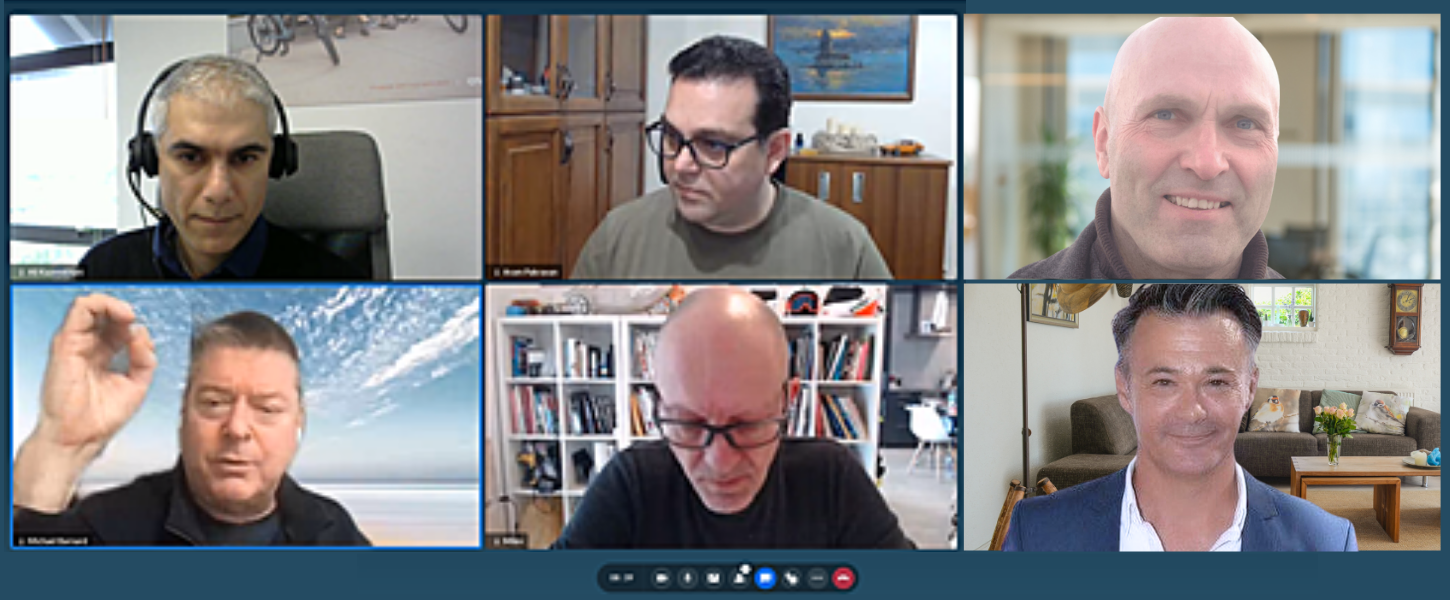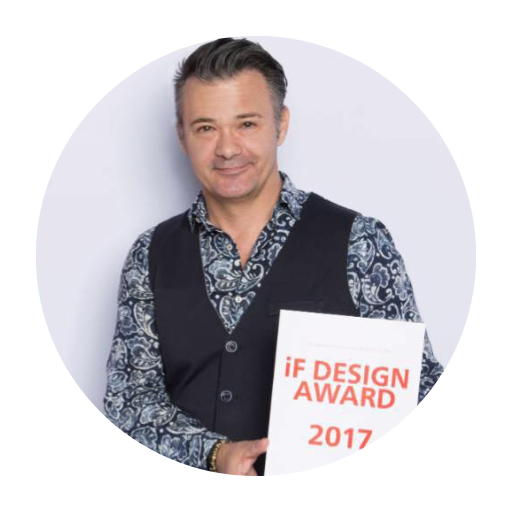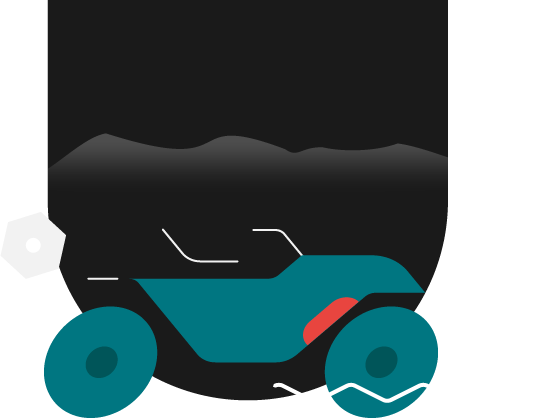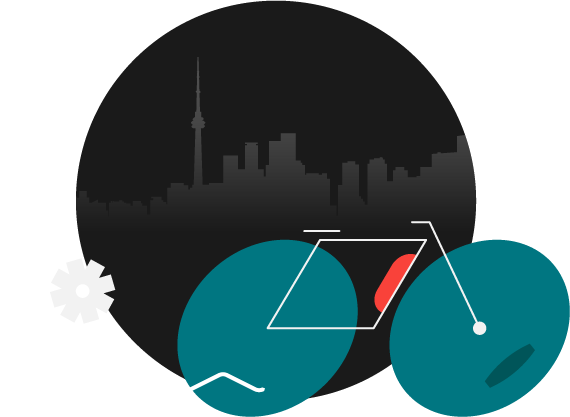Winners of 2022-2023
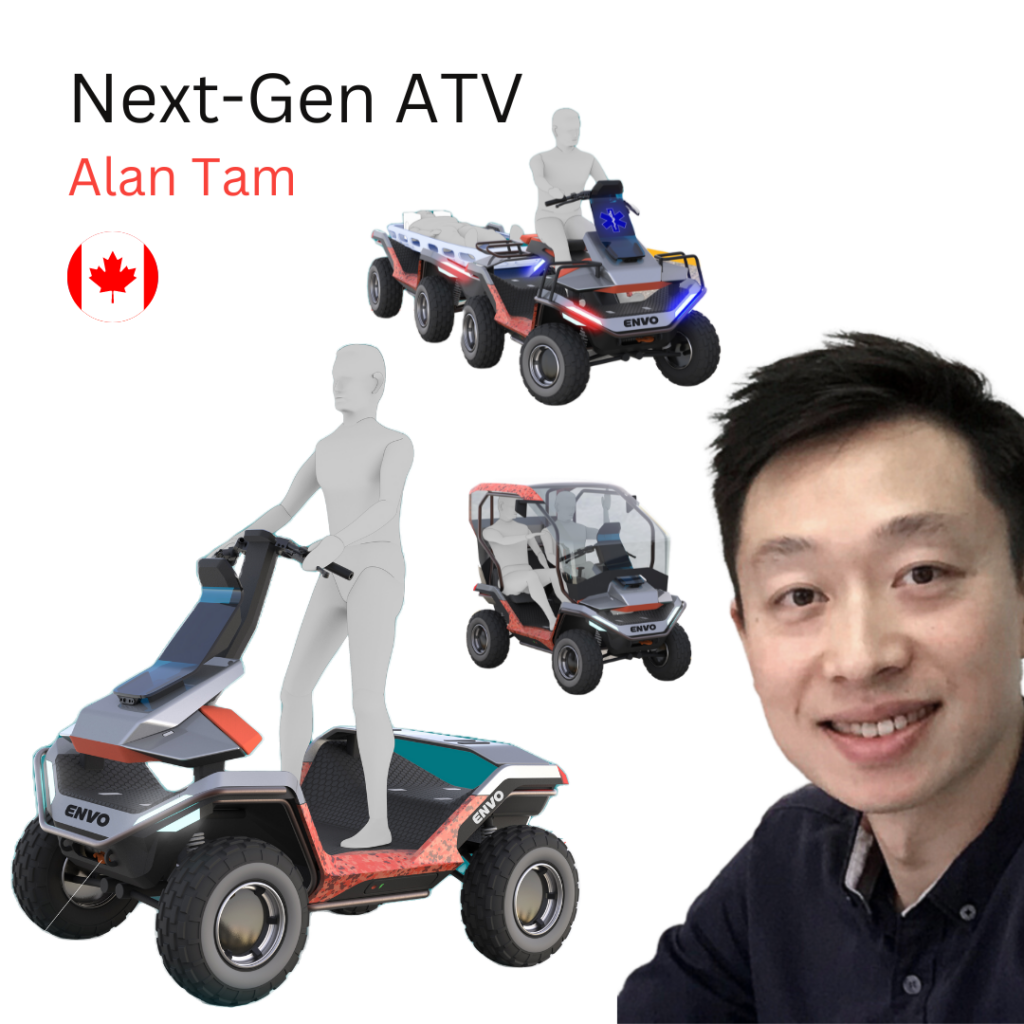
Gold
(C$ 5,000)
Alan Tam
The NEXT-GEN platform is an all-terrain, electric solution, designed for multi-purpose use, including off-roading, urban microcars, and autonomous delivery ATVs. With its dynamic, modular Surfer layout, it supports solar power and dual-ride options, catering to patrolling, agricultural work, and hunting. Next-Gen platform redefines micro-electric mobility for all seasons, providing limitless functionality & applications.

Silver
(C$ 3,000)
Chen Rolburd &
Symon Meshulam
Flipo is an innovative electric add-on board for baby strollers, integrating micro-mobility technology for convenient, efficient parenting. Compatible with leading stroller brands, it offers easy city navigation, safety, and comfort. Controlled wirelessly, it has a 15 km battery life and a 12 km/h speed limit. Ideal for urban families, Flipo+ provides a viable, enjoyable solution for busy parents.
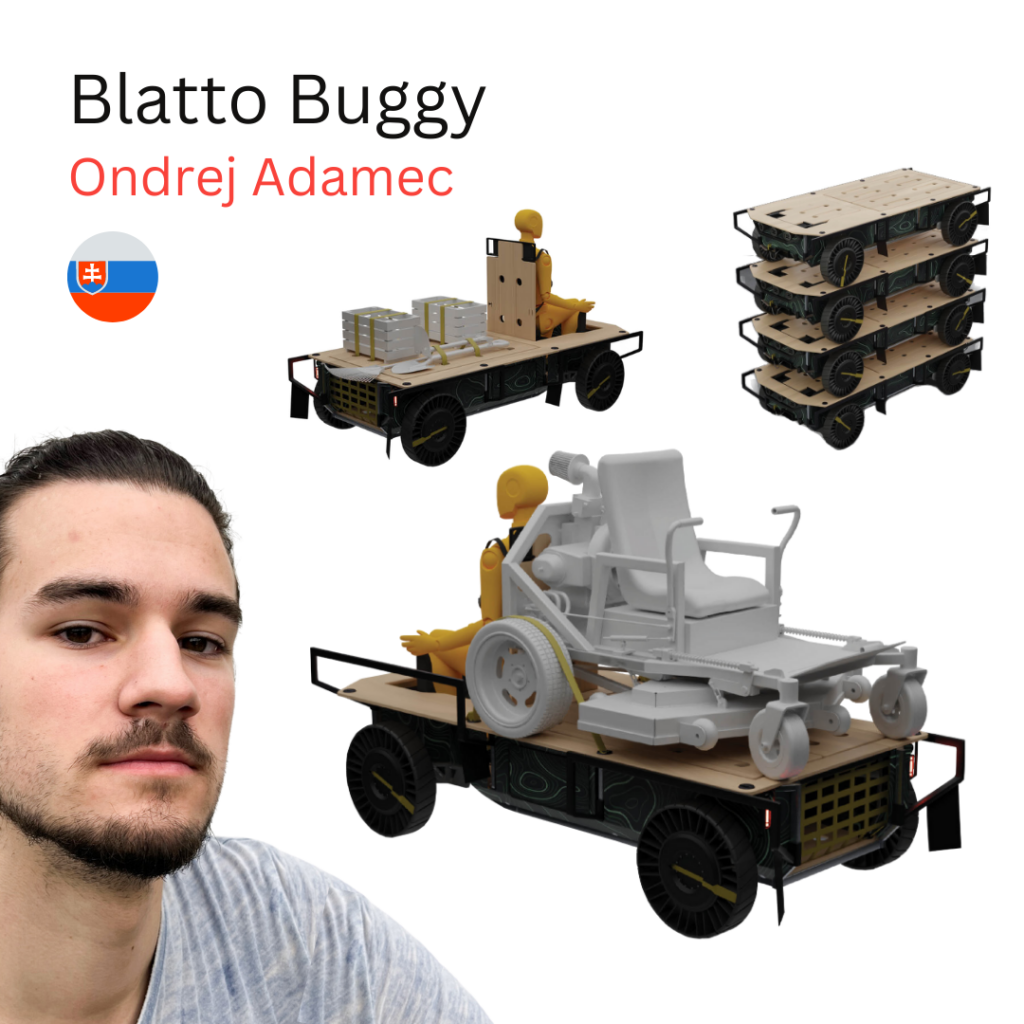
Bronze
(C$ 2,000)
Ondrej Adamec
The Blatto, an autonomous, versatile buggy, is suitable for search&rescue, warehousing, farm- work, and multiple events. Inspired by cockroaches, it is small, sturdy, stackable and unstoppable. With hub-motor, 4×4, hydraulic brakes, and a 180kg weight, it can carry up to 5 people. Features include collapsible seating, aluminum construction, convertible-style textile, and tireless wheels.
